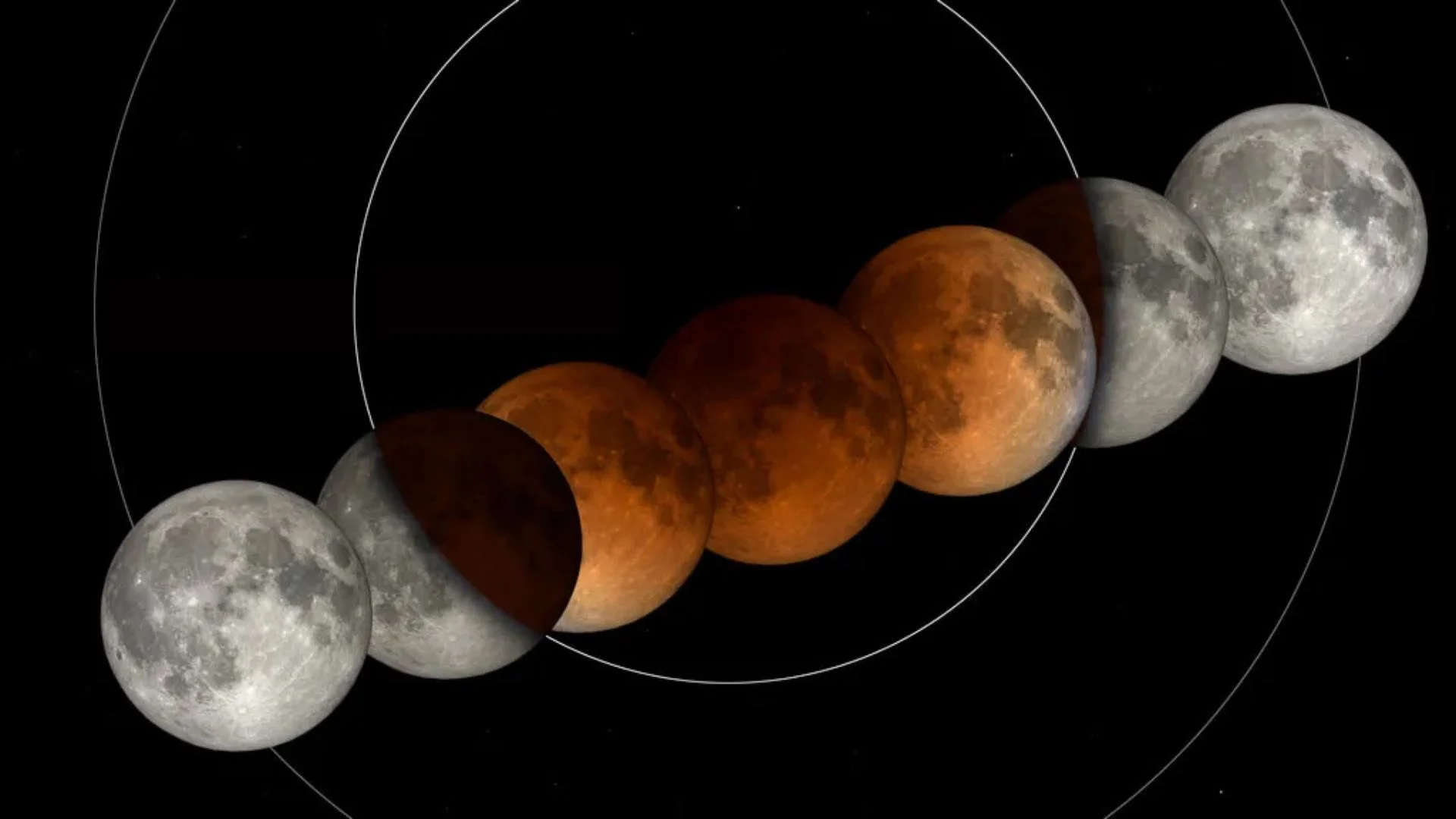
Washington, Mar 3rd. - A total eclipse of Lunar and another partial of Sun are among the astronomical phenomena that can be seen in the night sky during March, accompanied in addition to an unusual event on Saturn, digital media highlight today.
The total lunar eclipse will occur on the night of March 13 or in the early hours of March 14, according to geographical location.
A NASA statement highlights that it will be visible in much of the American continent and will be characterized by the reddish tone that the Moon will acquire when passing through the shape of the Earth, a phenomenon known as the Blood Moon.
To close the month, a partial solar eclipse will occur on March 29, in which the Moon will cover only a portion of the Sun, an event that will be visible mainly in Quebec, Canada, northwest Africa, much of Europe and northwest Russia.
Some areas of South America, such as Suriname, French Guiana and the Brazilian state of Amapá, may perceive a weak effect when the moon's darkness rubs the region, NASA explained.
The third month of the year will bring Saturn's equinox, a rare phenomenon that will cause its rings to disappear from Earth. This phenomenon is because our planet will reach a point of observation at which we will see the singing rings, making them almost imperceptible because of their thinness.
According to specialized sources, this event occurs approximately every 13 to 16 years and is the result of Earth and Saturn's orbital motion around the Sun. The last time this phenomenon was observed was in 2009, and will not be repeated until the mid-2040s.
To complete the main astronomical events of March, the 20th will mark the start of a new season in both hemispheres: autumn in the southern hemisphere and spring in the northern hemisphere.
This astronomical phenomenon, known as an equinox, occurs when the Sun aligns with the Earth's equator, causing day and night to have about the same duration. (PL) (Photo: Internet taken)